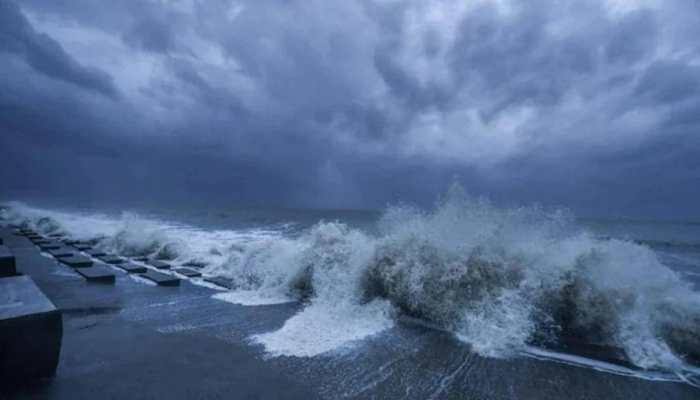
The bodies of four missing crew members of a dredger boat were found by rescuers in Bangladesh on Wednesday, raising the Cyclone Sitrang death toll to 28 while millions of people continued to be without power.
Although cyclones, which are the equivalent of hurricanes in the Atlantic and typhoons in the Pacific, are a common threat to the area, scientists believe that climate change is likely making them more violent and frequent.
On Monday, Cyclone Sitrang made landfall in southern Bangladesh, but authorities were able to evacuate around a million people in advance of the catastrophic storm.
Even with gusts of 80 km/h (55 mph), it left a path of destruction in the low-lying, densely populated coastal portion of the country, which is home to tens of millions of people.
The government said nearly 10,000 tin-roofed homes were either “destroyed or damaged” and crops on large swathes of farmland were wrecked at a time of record-high food inflation.
Four crew members of a dredger boat that drowned in the Bay of Bengal during the storm were found dead by fire department divers.
“We found one body on Tuesday night and three more this morning. Four crew are still missing,” Abdullah Pasha from the fire department told AFP.
Nearly five million people were still without power on Wednesday, Rural Electrification Board official Debashish Chakrabarty told AFP.
The majority of the nearly one million individuals who were evacuated from low-lying areas have since gone back to live there.
Even in Dhaka, the capital city, hundreds of kilometres from the storm’s centre, trees were uprooted.
Towns including Dhaka, Khulna, and Barisal were flooded by the country’s widespread heavy rains, which also dumped 324 millimetres (13 inches) of rain on those cities on Monday.
About 33,000 Rohingya refugees from Myanmar, controversially relocated from the mainland to a storm-prone island, were ordered to stay indoors but there were no reports of casualties or damage, officials said.
Better forecasting and more efficient evacuation preparation have significantly decreased the number of fatalities from such storms in recent years.
The deadliest reported incident happened in 1970 and killed thousands of people.















